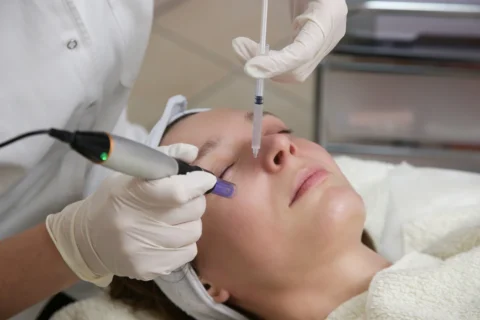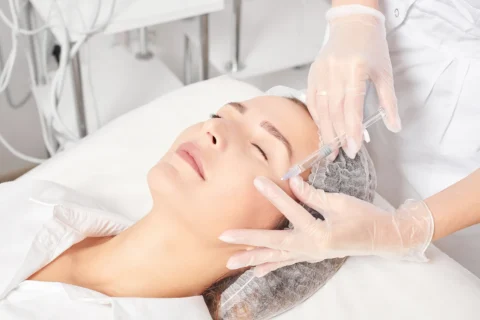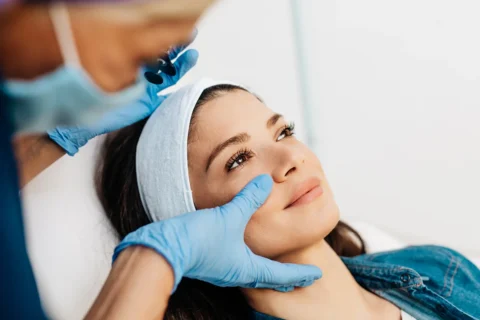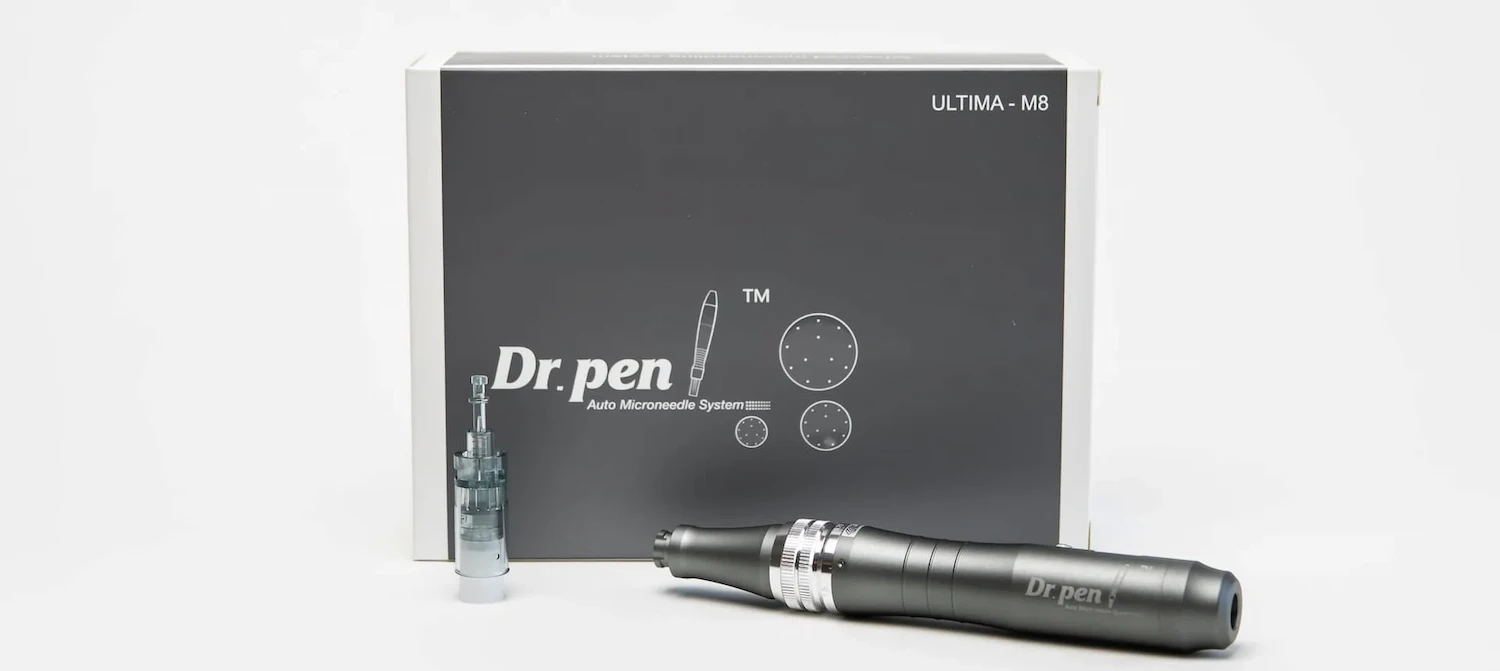Many wonder if PDRN injections are FDA-approved; get the truth about its status and potential uses.
PDRN injections are not yet FDA-approved for general use in the United States. Doctors currently use PDRN “off-label,” meaning it’s used for conditions it wasn’t specifically approved for, while waiting for clinical trials to confirm it’s safe and works well.
Regulatory approvals for PDRN differ around the world; it’s mainly approved in countries in the Asia-Pacific region. PDRN works by activating A2A receptors, which helps repair tissues and lower inflammation. Temporary side effects, such as minor swelling, can happen in some people.
Research suggests PDRN may improve healing by stimulating cell growth, potentially speeding up recovery times for certain injuries. You can find more information about PDRN’s uses, advantages, and comparisons if you want to learn more.
Is PDRN FDA-Approved?
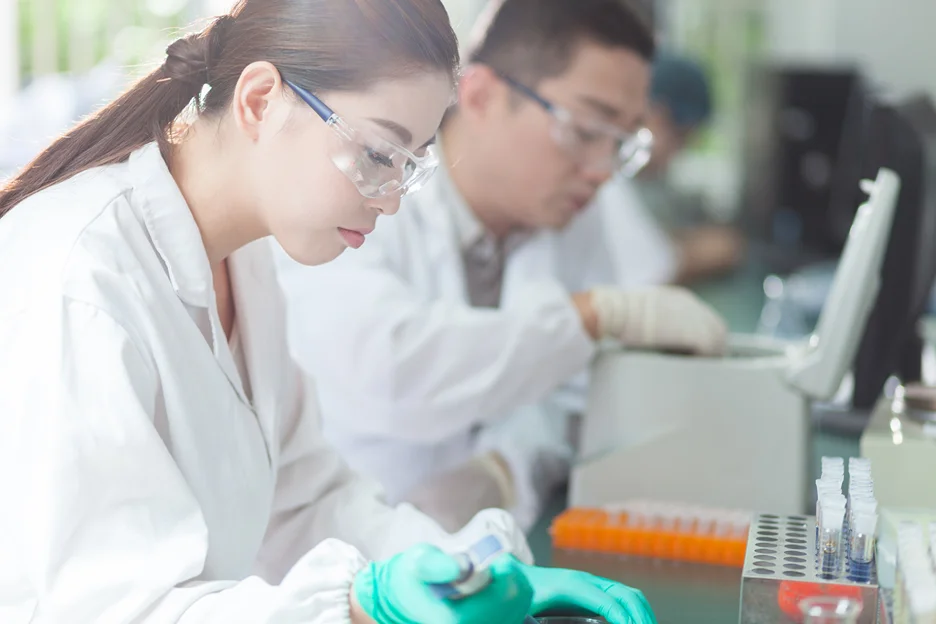
Understanding the FDA approval process is crucial for PDRN injections as it confirms treatment safety and effectiveness. FDA approval signifies that a product adheres to established standards. Without FDA approval, PDRN injections have not met these requirements.
Manufacturers seeking FDA approval must provide comprehensive clinical trial data demonstrating that the treatment’s benefits significantly outweigh the risks. The FDA rigorously evaluates both safety and efficacy, particularly focusing on the product’s regenerative capabilities. This involves assessing evidence of enhanced cell growth and repair.
Clinical trials for PDRN injections, such as those involving Nucleofill and Rejuran, are meticulously designed to evaluate safety and efficacy. For instance, studies might include analyzing the rate of cell regeneration after injections compared to control groups. These trials can involve numerous participants, often hundreds, to ensure robust data. Adverse reactions and allergic responses are scrutinized closely.
Safety assessment includes examining the frequency and severity of any negative effects reported during clinical trials. These trials often involve extensive participant groups, for example, a hypothetical trial might include 300 subjects, to thoroughly understand potential complications.
Navigating the regulatory landscape necessitates adherence to stringent manufacturing standards and ongoing surveillance. Since PDRN injections like Nucleofill and Rejuran are not FDA-approved in the US, they have not undergone such rigorous review.
This absence of approval can affect how credible these treatments are perceived by medical professionals and patients. Early studies might indicate benefits, such as a reported 20% improvement in skin elasticity.
However, the lack of FDA approval casts doubt on the long-term safety and the reliability of consistent outcomes. Future research may provide more clarity, but until then, caution is advised.
Regions Approving PDRN
PDRN treatments see widespread use in the Asia-Pacific region, particularly in South Korea and Japan. Here, strong regulations and a growing interest in beauty products drive high adoption rates.
In Europe, despite strict regulatory frameworks, significant research and development efforts ensure that PDRN remains a crucial component in modern medical practices.
The FDA has not approved PDRN for cosmetic use in the United States. However, medical spas utilize it, often marketing it under different names to circumvent restrictions.
Regulatory landscapes in Latin America, the Middle East, and Africa vary significantly, influencing the pace of PDRN’s adoption in these regions.
The global reach of PDRN is expanding due to several key factors:
- Dermatological trials demonstrate that PDRN is more effective than placebos, highlighting its clinical benefits.
- Regulatory approvals facilitate faster market entry, enabling quicker availability to patients.
- Technological advancements have improved PDRN production capabilities, allowing for large-scale manufacturing.
- Cultural acceptance and diverse usage of PDRN treatments across different regions contribute to its increasing popularity worldwide.
Documented Benefits of PDRN Treatments
PDRN offers wide-ranging benefits due to its regenerative and anti-inflammatory properties, making it useful in wound care and aesthetics. PDRN boosts tissue repair by spurring cell growth, collagen production, and cell movement, which are vital for wound healing. It also activates adenosine A2A receptors, key to reducing inflammation, as further explored in research about PDRN’s mechanisms beyond these receptors.
Studies suggest that intra-articular PDRN injections can lessen pain and improve function in knee osteoarthritis, a topic detailed in studies comparing PDRN to HA for joint repair. In skincare, PDRN improves skin texture and elasticity, which is important for anti-aging treatments.
Research indicates PDRN significantly enhances tissue regeneration when used after microneedling procedures. Clinical experience and ongoing research suggest potential benefits, but larger, more controlled studies are needed to confirm these findings and understand long-term effects.
| Benefit | Description |
| Tissue Repair | Boosts cell growth and collagen production to mend damaged tissues. |
| Anti-Inflammatory | Reduces inflammation potentially through adenosine A2A receptor activation. |
| Pain Reduction | May lower pain scores in knee osteoarthritis, as suggested by clinical studies. |
| Aesthetic Improvement | Enhances skin elasticity and promotes skin tissue regeneration for a more youthful appearance. |
| Anti-Ischemic | Might improve blood flow in areas with reduced circulation. |
How PDRN Functions
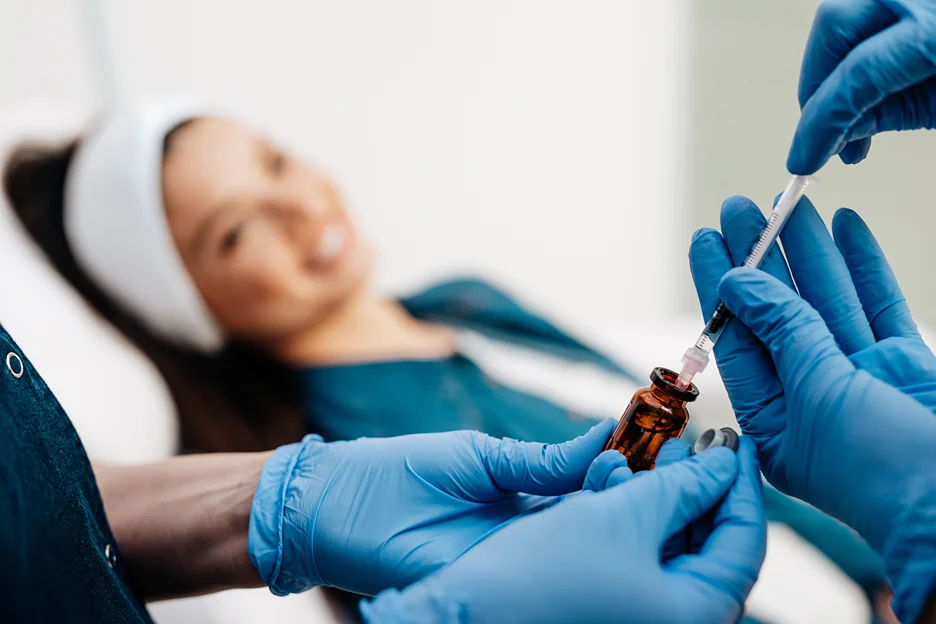
PDRN promotes tissue repair through several linked actions related to its DNA source, size, and creation.
Activation of Adenosine A2A Receptors
PDRN activates adenosine A2A receptors. This activation is believed to enhance the production of vascular endothelial growth factor (VEGF). The increase in VEGF contributes to improved blood vessel formation, known as angiogenesis, facilitating faster wound healing.
Supplying Building Blocks for DNA Creation
Studies indicate that PDRN delivers essential components—nucleosides and nucleotides—critical for DNA synthesis. This supply of nucleotides supports cell growth** and division, fundamental processes in tissue repair.
Reduction of Inflammatory Cytokines
PDRN functions to reduce inflammation by decreasing the production of inflammatory cytokines. Lower levels of these cytokines contribute to a less inflamed wound environment, which is conducive to healing.
Stimulation of Collagen Production
Additionally, PDRN stimulates collagen production by activating ERK pathways within skin cells, specifically dermal fibroblasts. This activation results in an increase in both collagen and elastin, proteins crucial for skin integrity and flexibility.
Summary of PDRN Mechanisms
In summary, PDRN’s mechanisms include:
- Activation of the A2A adenosine receptor, potentially leading to increased VEGF.
- Provision of materials necessary for DNA formation, aiding cell growth.
- Decrease in inflammatory cytokine levels, contributing to reduced inflammation.
- Enhancement of the growth and migration of Human Dermal Fibroblasts (HDFs).
These actions collectively contribute to the support of tissue repair and regeneration, highlighting PDRN’s potential as an effective agent in wound healing processes.
PDRN Safety Considerations
PDRN injections generally demonstrate good tolerability. However, understanding potential risks is essential.
Repair Mechanism and Origin: PDRN repairs damaged nucleotides utilizing molecules significantly smaller than genes. Crucially, they do not alter your DNA. PDRN is derived from salmon DNA, contributing to its high biocompatibility.
Potential Side Effects: Some individuals may experience minor, temporary side effects following PDRN injections. These can include redness or swelling at the injection site. Bruising or the formation of small bumps may also occur temporarily.
Contraindications: Certain conditions contraindicate the use of PDRN injections. Individuals should avoid PDRN if they are:
- Pregnant or breastfeeding
- Have a nucleic acid intolerance
- Suffering from an autoimmune disease
- Currently battling active cancer
- Taking antibiotics or immunosuppressants
Post-Treatment Precautions: After receiving PDRN injections, it is advisable to avoid:
- Application of makeup
- Consumption of alcohol, caffeine, and aspirin
- Excessive sun exposure
- Exposure to extreme temperatures
These measures help optimize the healing process.
Distinguishing from Gene Therapy: It’s important to differentiate PDRN injections from gene therapy. PDRN functions as a repair agent, not a gene modification tool.
Research Status: While current data on PDRN injections suggest promising results, additional long-term studies are necessary to fully assess its long-term effects.
Global Guidelines for PDRN
Global guidelines emphasize safety as a paramount concern; however, the understanding and application of these guidelines vary significantly across different countries. This variability is particularly pronounced regarding Prothrombin D-Dimer Nitric Oxide (PDRN) injections, where the rules and regulations for approvals divergently shape accessibility and usage.
The discrepancies in how each country manages the approval process for PDRN are critical, as they are often contingent upon local clinical trials and research, which validates the safety and efficacy within specific demographics or health contexts. Consequently, what is permissible in one nation might be subject to stringent limitations in another.
Each country’s regulatory framework for drug approval operates with its unique set of guidelines, constraints, and approval processes, impacting the availability of treatments like PDRN. This diversity in regulatory approaches means that the ease with which PDRN can be prescribed or administered fluctuates dramatically around the globe. Understanding these national differences is essential for healthcare providers and patients, as they significantly influence treatment decisions and strategies.
Consider the following key factors:
- Country-Specific Approvals for PDRN:
- Each nation may have different criteria and processes for approving PDRN, leading to a patchwork of accessibility that reflects local healthcare priorities and regulatory philosophies.
- Regulatory Frameworks:
- The structures governing drug approval can widely differ, ranging from centralized systems to decentralized approaches, impacting how quickly and under what conditions PDRN can enter the market.
- Clinical Trial Requirements:
- Different countries may necessitate varied types or scales of clinical trials to support PDRN approval, affecting the evidence basis for its use and potentially restricting its application to specific patient groups or conditions.
- Lack of Global Standardization:
- Without a universally agreed-upon standard for PDRN, its application and interpretation across borders become complex, emphasizing the need for ongoing dialogue and research to harmonize practices where possible.
The absence of consistent global standards for PDRN complicates the comparison of treatment methodologies internationally. Medical communities around the world continue to develop their own guidelines, reflecting an ongoing evolution toward a consensus but underscoring the current fragmented landscape.
This situation presents inherent challenges for healthcare professionals aiming to provide consistent and optimal treatment options with PDRN, as well as for patients seeking reliable and comparable care worldwide.
Practical Uses of PDRN Injections
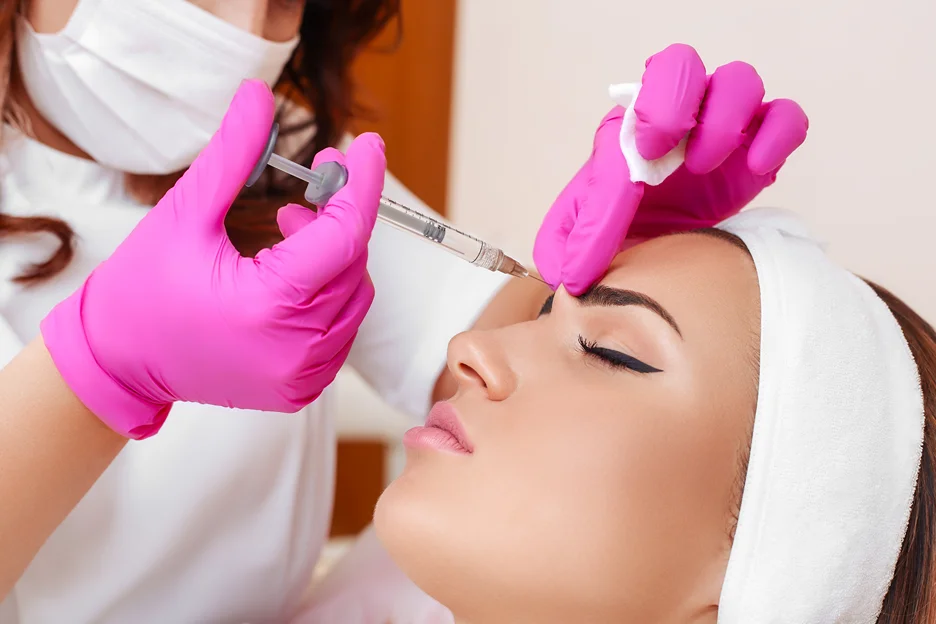
PDRN injections offer several therapeutic applications due to their unique mechanism of action within the body.
Anti-Aging Applications: PDRN injections are celebrated for their anti-aging properties, primarily through their ability to reduce fine lines and enhance skin elasticity. When administered as dermal injections into the face, they stimulate collagen production, which in turn improves skin texture. Empirical evidence supports the efficacy of this treatment, with studies indicating that 70% of patients experience notable improvements in skin elasticity following a series of PDRN treatments.
Orthopedic Applications: In the field of orthopedics, PDRN finds application in alleviating joint pain and aiding in cartilage repair. The treatment involves direct injections into affected joints, which can speed up recovery from tendon injuries. Notably, research has documented a 40% reduction in knee pain among patients receiving PDRN injections, highlighting its potential as an effective therapeutic option.
Inflammatory and Inflammatory Response Reduction: Intramuscular injections of PDRN are utilized to reduce inflammation, offering relief in various inflammatory conditions.
Tissue Repair and Wound Healing: Beyond orthopedic uses, PDRN significantly accelerates the healing process in chronic wounds, including ulcers and surgical incisions, by promoting cell regeneration. For instance, studies have reported a reduction in the healing time of diabetic ulcers by about 30% with PDRN treatment, underscoring its beneficial impact on wound care.
Comparative Efficacy and Applications: Comparisons with traditional treatments, such as hyaluronic acid (HA), reveal PDRN’s advantages in skin rejuvenation. Additionally, PDRN plays a role in post-surgical recovery, injury healing, and may even stimulate hair regrowth, broadening its clinical utility.
Safety Considerations: Despite these promising applications, it is imperative to critically evaluate the safety profile of PDRN injections when comparing them to standard orthopedic treatment modalities. This consideration ensures that the benefits are weighed against potential risks before integrating PDRN into clinical practice.
Comparing PDRN to HA
PDRN and HA present distinct approaches to skin treatment, differentiated by their active ingredients, the layers of skin they affect, procedural nuances, and the longevity of their results.
PDRN utilizes polynucleotides derived from salmon DNA. This ingredient is specifically designed to stimulate the production of collagen and elastin within the skin.
PDRN is particularly effective for addressing superficial skin concerns, such as fine lines, sun damage, and loss of skin texture.
- Active Ingredients: Polynucleotides from salmon DNA
- Targeted Layers: Primarily focuses on the upper layers of the skin, impacting the dermis.
- Procedure and Frequency: Typically involves micro-injections that may need to be repeated more frequently to maintain results.
- Result Duration: The effects of PDRN are generally observed for about a year or more, with maintenance treatments often required to sustain improvements.
HA (Hyaluronic Acid), in contrast, is pure hyaluronic acid, a potent humectant known for its hydrating properties. HA works deeper within the skin, not only hydrating but also stimulating collagen, elastin, and adipocytes, contributing to a more voluminous and youthful appearance.
- Active Ingredients: Pure Hyaluronic Acid
- Targeted Layers: Targets multiple layers of skin, from the superficial to deeper structures.
- Procedure and Frequency: Usually requires fewer procedures compared to PDRN, though exact frequency varies based on individual skin needs.
- Result Duration: HA’s hydrating effects can last up to six months, providing noticeable improvements in skin texture and volume for an extended period.
Combining PDRN and HA treatments has been shown to enhance overall skin health and appearance, with studies indicating that simultaneous use can improve skin hydration by up to 20% more than utilizing either treatment in isolation. However, individual outcomes can vary significantly. It is pivotal to consult with a dermatologist to tailor a treatment plan that best suits your specific skin type and concerns.
The long-term hydration benefits of HA are notable, potentially lasting several months, while PDRN’s impact on collagen stimulation may provide results lasting a year or longer. Nonetheless, both treatments often necessitate periodic maintenance to preserve optimal results.
FDA Approval Path

FDA approval requires navigating several stages, from initial lab research to post-market monitoring.
Pre-clinical Studies: Researchers conduct pre-clinical studies first.
Phase I Trials: Next, Phase I trials evaluate the treatment’s safety in 20-100 healthy volunteers. Should Phase I prove successful,
Phase II Trials: Phase II trials determine the treatment’s efficacy and identify potential side effects, typically involving 25-100 patients.
Phase III Trials: Phase III trials then involve 100-1000+ participants in large-scale studies that confirm the treatment’s effectiveness compared to existing options.
Following market release, Phase IV Trials: Phase IV trials continuously monitor long-term safety across diverse patient populations.
The FDA thoroughly scrutinizes data from each phase to determine if a treatment’s benefits outweigh its risks. They demand compelling proof of efficacy.
PDRN, a novel DNA-based treatment, presents unique regulatory hurdles.
Efficacy Demonstration: Demonstrating PDRN’s efficacy compared to traditional therapies necessitates robust clinical trials due to its distinct mechanism, which involves engaging adenosine A2A receptors and delivering nucleosides.
Regulatory Considerations: Meeting strict manufacturing standards, proactively reporting adverse events, and ensuring safety are crucial.
While accelerated approval may be possible for treatments addressing serious conditions, uncertainty remains regarding the timeline.
A treatment must demonstrate significant clinical benefit to be seriously considered by the FDA.
